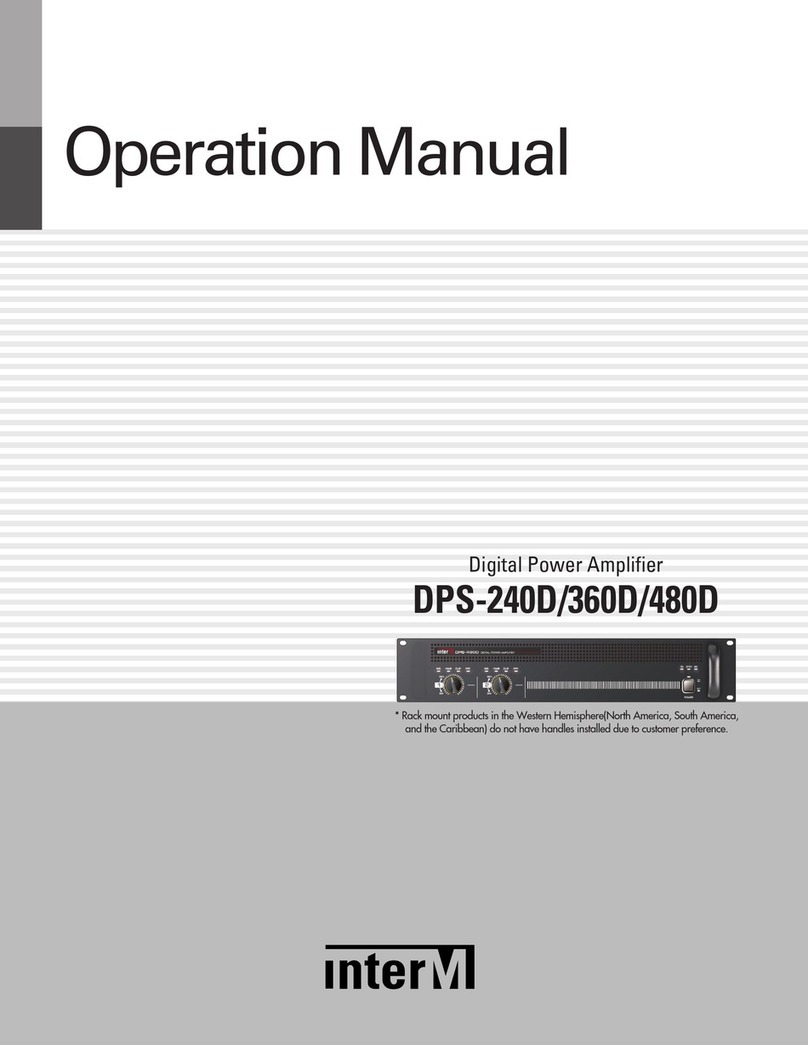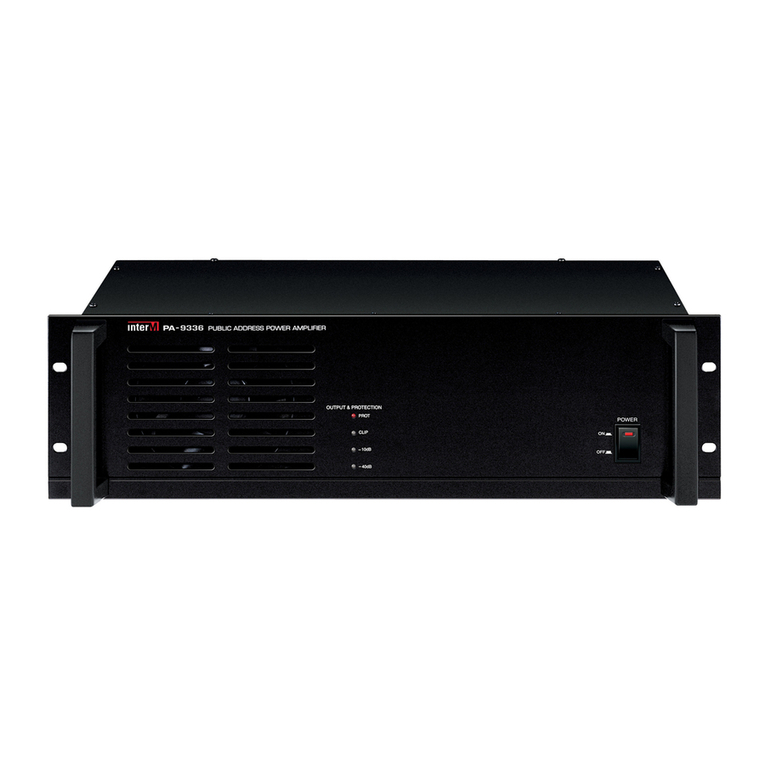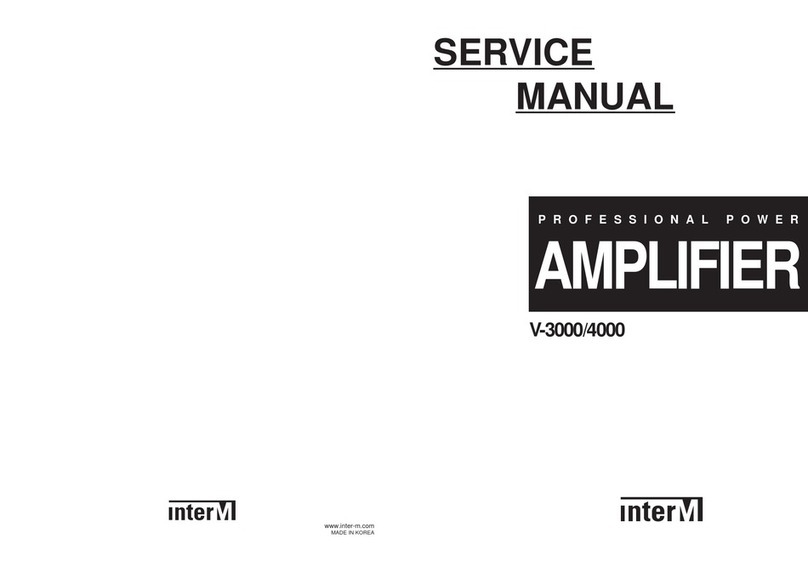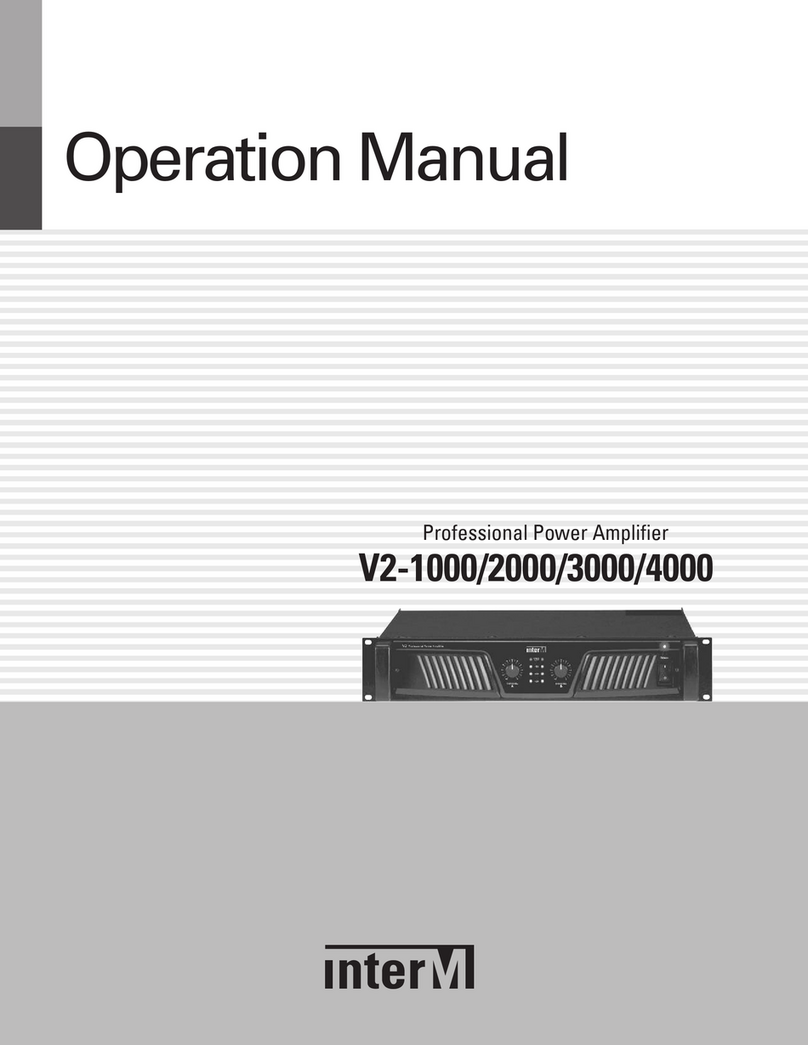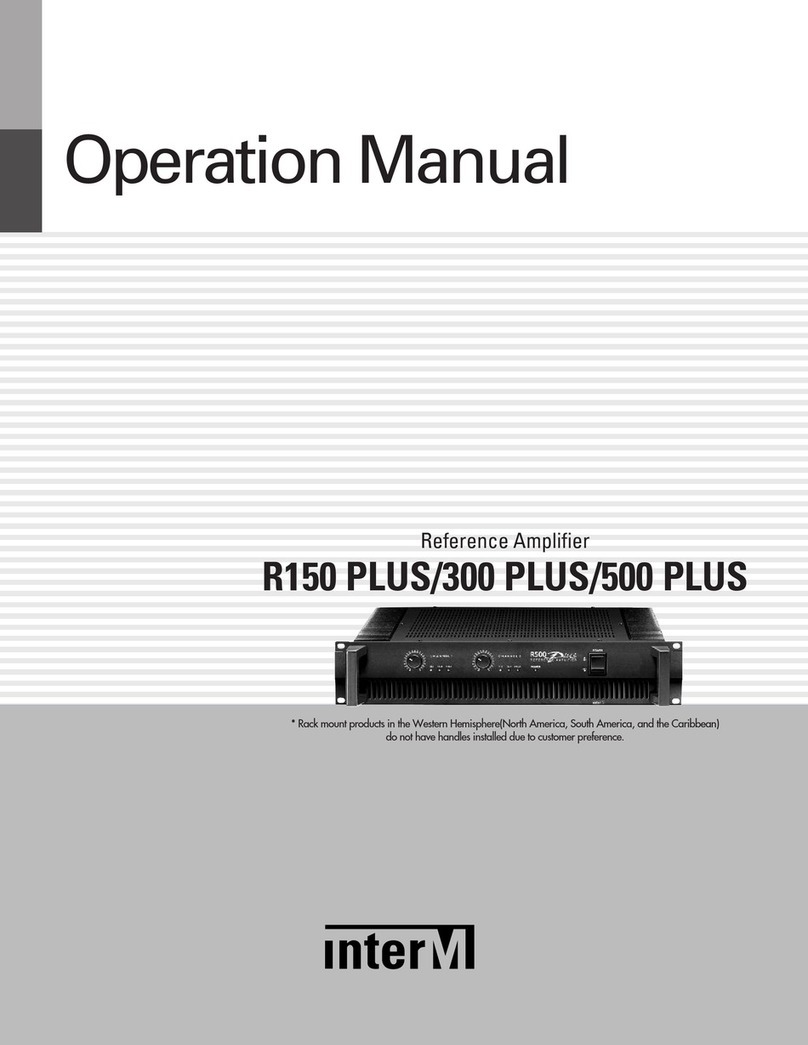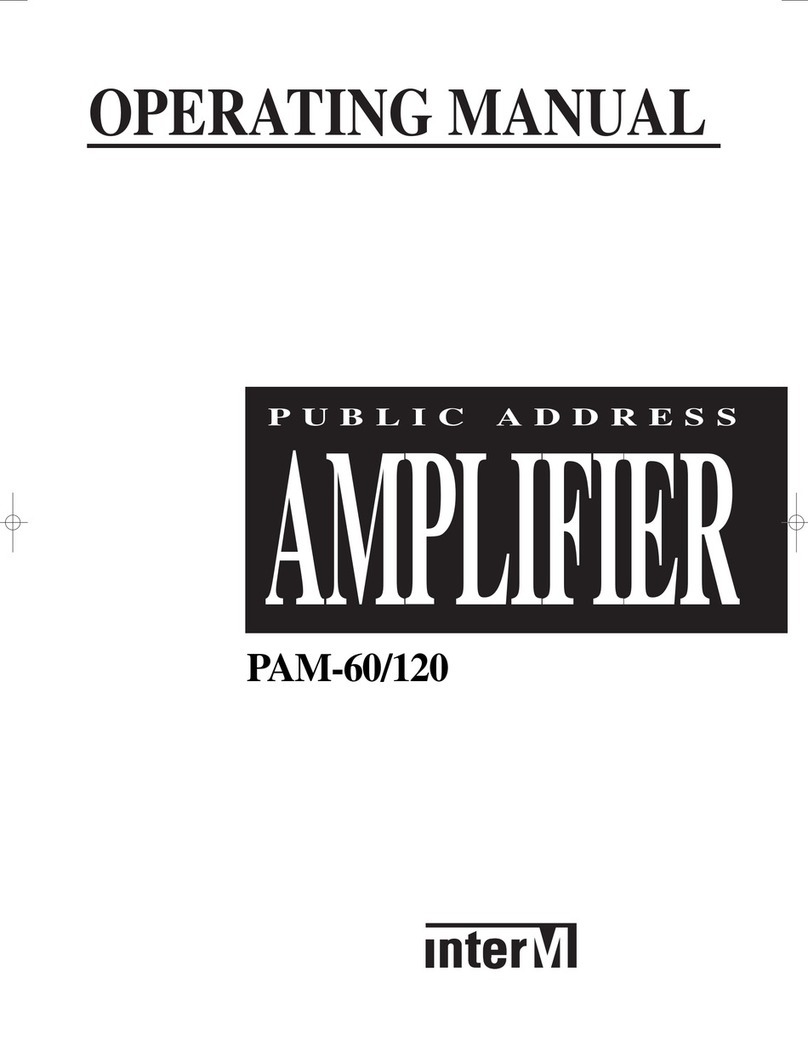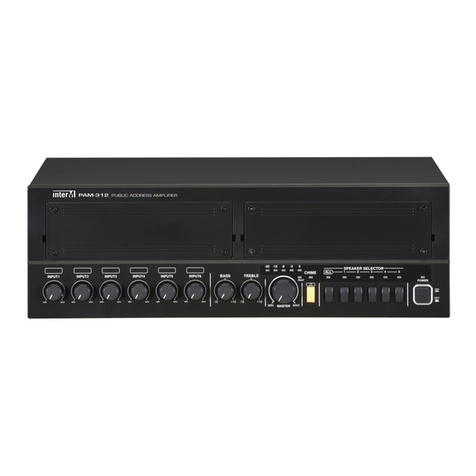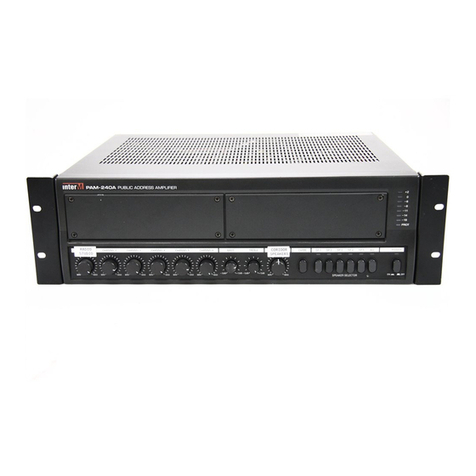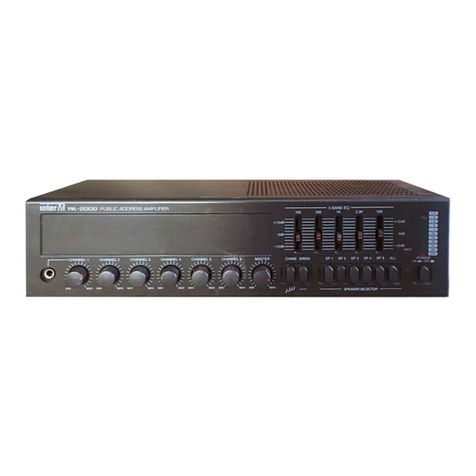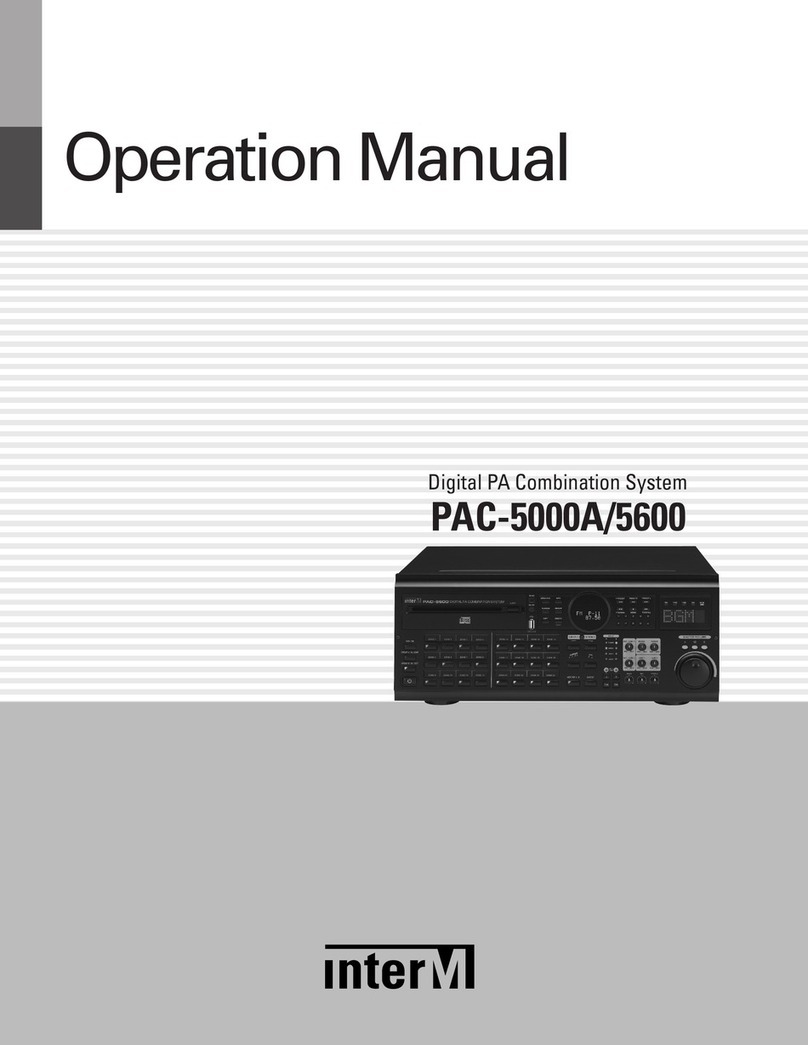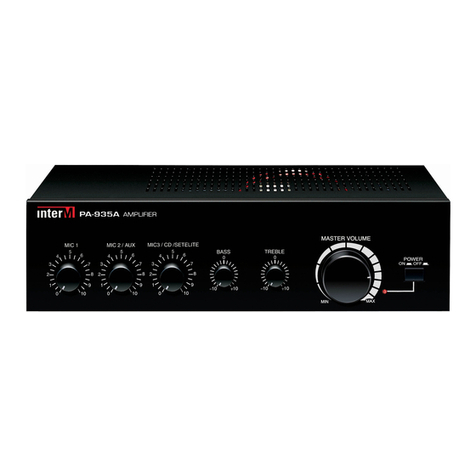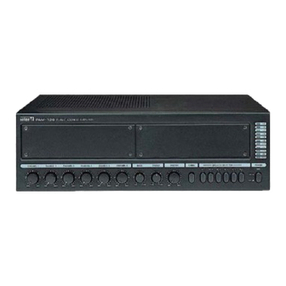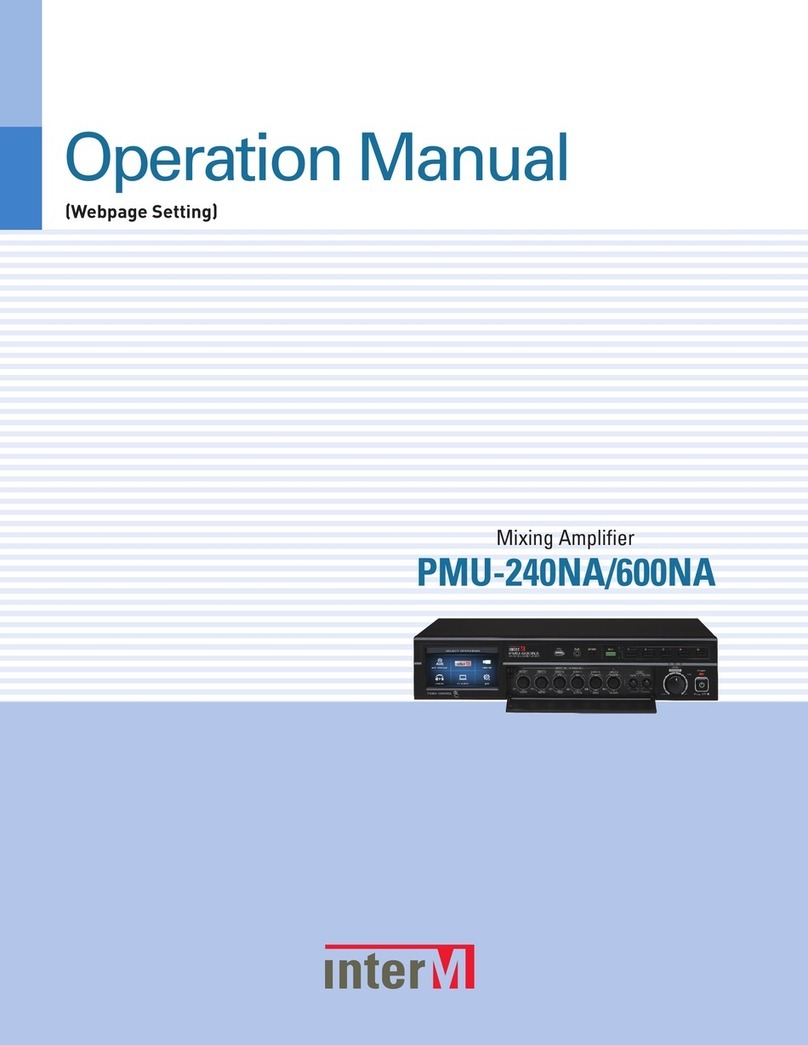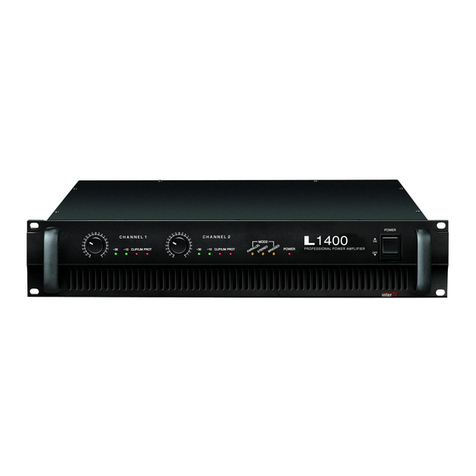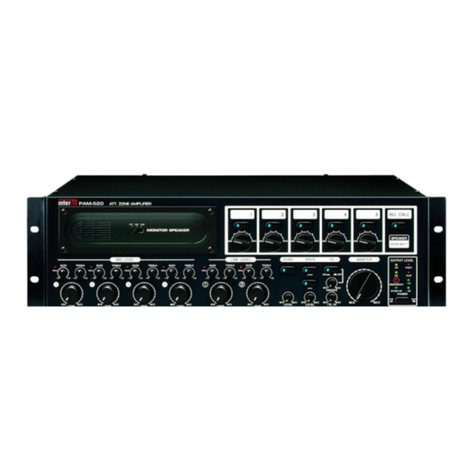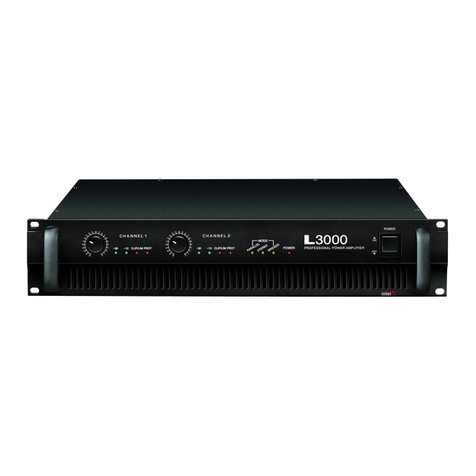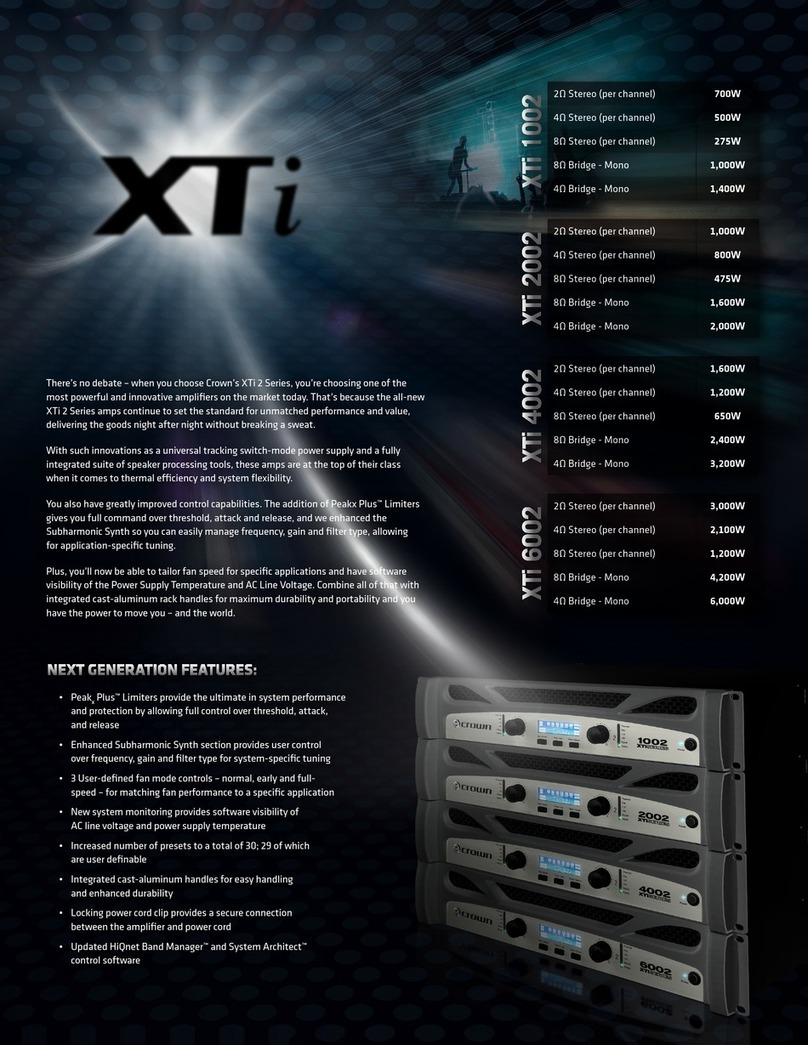Installation Advice & Information
DataBay Signal Distribution Products
The DataBay range of AV signal distribution
equipment is capable of high quality results.
This guide is intended to help achieve optimum
performance from the equipment by following
simple guidelines and good installation
practice.
Cable:
The DataBay product range distributes the AV
signals via various cable types. As with any
installation, the type and quality of cable can have
a dramatic effect on the resultant performance.
For example, a CCTV system may be installed
with all manner of RG59 cable, but the resultant
differences in image quality from best to worst can
be huge.
Where a DataBay system is extended via
Cat5e / Cat6 cable, we strongly recommend the
use of a Low Skew cable. Skew is a measurement
(normally in nanoseconds) that measures the
time delay between the first and last signal arrival
in different twisted pairs. If the time difference is
too large, image quality can be affected, possibly
manifesting itself in bright vertical lines, ghosting,
colour smudging or worst case, no image at all.
Low Skew in video terms is cable with Skew rates
lower than 15nS per 100m.
The following Cat-X cables should all perform
well:
Belden 7987R
Belden 1700A
Canford 31-953
Mohawk M58813
Environmental issues:
The area surrounding an installation can also
have an impact on its performance. In particular
electrical noise from mains cables, fluorescent
lighting or electric motors / installations, etc, could
result in interference being induced into the AV
cabling system and affecting its performance.
The same applies to airborne radio frequency
interference.
Common sense and good installation practice
should minimise these effects through careful
cable routing, avoiding mains cables or other
areas of potential interference. In areas of high
susceptibility, it would be sensible to use low skew
screened cables.
Display resolutions & refresh rates:
Higher display resolutions and video refresh rates
all require higher bandwidths and data rates.
The result of the greater demands on the cable is,
consequently, reduced achievable distances.
For example:
A display running a resolution of 480p may happily
work across a 100m link; the same infrastructure
running a display @ 1080p may only achieve
30m.
FAQ
Q. What is Low Skew Cat-X cable?
A. Skew is a measurement (normally in
nanoseconds) which measures signal
delays between different twisted pairs in a
cable. Low Skew in video terms is cable
with Skew rates lower than 15nS per 100m.
Q. Can I extend the distances further than
specified?
A. This could be possible by:
- Reducing the display resolutions
- Using better quality Cat-X cable
(low skew, shielded)
- Using better quality video cables
(e.g. Cat2 HDMI cable)
Q. I’m only using a 5 metre Cat-X link cable
between the transmitter and receiver, but I
cannot get a picture...
A. This can occur when using short cables of
maybe5or10metreswithreceiversthatare
optimised to function over much longer
distances e.g. 300m. In this case either
use a slightly longer Cat-X cable or use a
different receiver.
Q. I’m using a short range HDMI non-powered
receiver (p/n HDMI-HR), but cannot see an
image; why?
A. Some flat panel monitors use a slightly
non-standard input which requires power
at the HDMI input socket to function
correctly. Some Samsung and Goodmans
monitors are known to suffer from this
issue (there may be others). However, the
problem can be easily overcome by
using our p/n ET-HC0101-Z (see page 17),
in place of the non-powered HDMI-HR.
Q. If I ‘mix’ transmitters and receivers of different
distance capabilities (e.g. AVE-301T 300m
and the receiver from the AVE-M180TR
180m), what is the maximum distance
achievable?
A. In all such cases you are limited to the
distance of the shortest device (in this
case 180m).
Q. How many levels of cascading can be
achieved on HDMI?
A. Normally two is recommended, although at
lower resolutions and with good quality
cables further cascading may be perfectly
possible.
Q. Can I use stranded Cat-X patch cord?
A. Stranded Cat-X cable is not recommended
- use solid installation Cat-X cable for
best results.
Q. How should I wire the Cat-X cable?
A. The cableshouldbeterminatedtoEIA568B
specifications.
EIA 568B specifications:
Pair 3
Pair 2 Pair 4
Pair 1
1 2 3 4 5 6 7 8
Jack Position
The EIA/TIA definition of 568B in the pin assignment is (1) orange
white, (2) orange, (3) green white, (4) blue, (5) blue white, (6)
green, (7) brown white, and (8) brown
1 2 3 4 5 6 7 8
www.inter-m.uk.com

